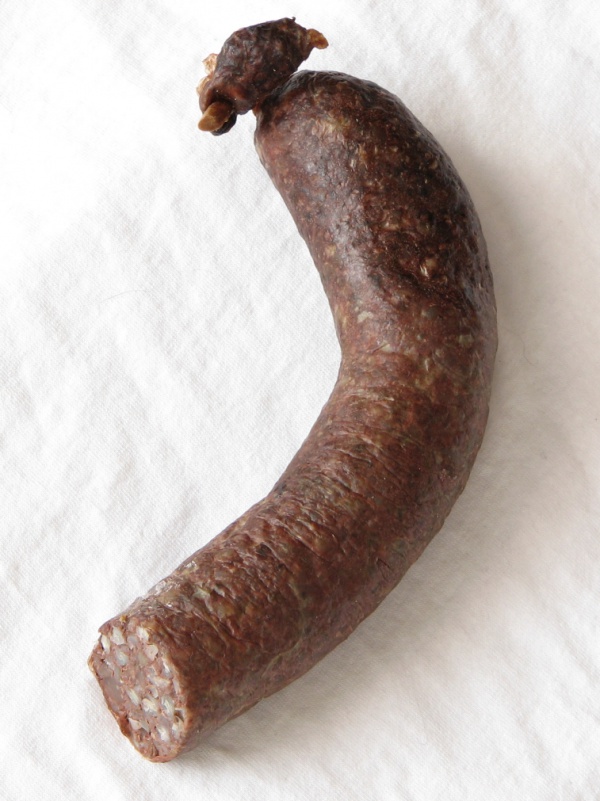Facts About Kaszanka
Kaszanka, a cherished blood sausage, is a staple in East and Central European cuisine. This sausage is crafted from a blend of pig's blood, pork offal, and buckwheat kasza, all encased in pig intestine. Typically seasoned with onions, black pepper, and marjoram, Kaszanka boasts a robust and hearty flavor. Though you can enjoy it cold, it is traditionally grilled or fried with onions and served alongside potatoes and sauerkraut for a comforting meal.
This dish goes by many names across different regions, each featuring its own unique twist. In Belarus, it is known as Kryvianka. Estonians call it Verivorst, while in Poland and Yiddish, it is referred to as Kiszka. In Germany, it is known as Grützwurst, or humorously as Tote Oma ("Dead Granny"). In Lower Saxony, Germany, it is called Knipp, and in Silesia, it is known as Krupniok or its variation, Żymlok.
In Northwestern Germany, a similar sausage is called Pinkel, while in Westphalia, it is known as Stippgrütze or Westfälische Rinderwurst. Austrians in Carinthia refer to it as Maischel. In the Czech Republic, it is called Jelito, and in Slovakia, it goes by Krvavnička or Hurka. Hungarians call it Véres Hurka. In Ukraine, it is known as Krovyanka, in Serbia and Slovenia as Krvavica, and in Romania as Chișcă.
Regardless of the name, Kaszanka and its variations are beloved for their rich flavors and cultural significance across many European countries.

 Czech Republic
Czech Republic